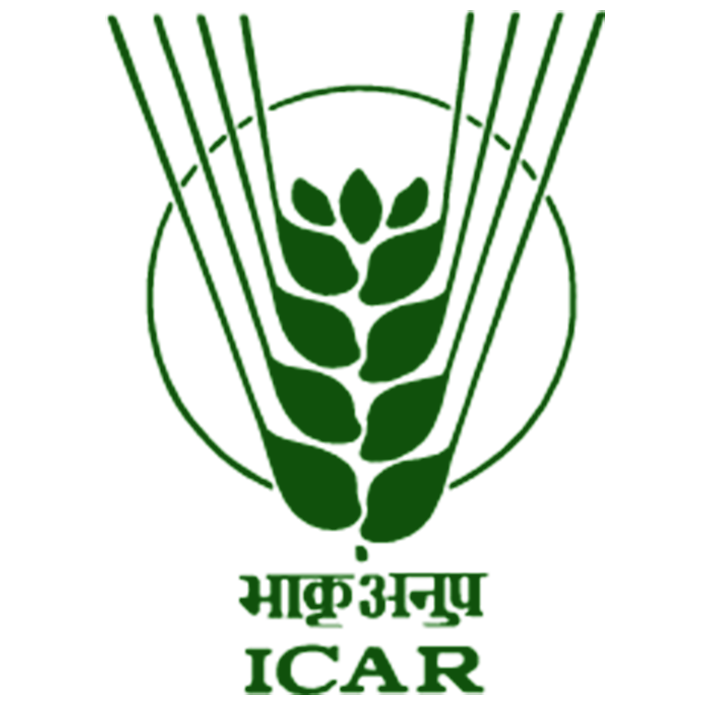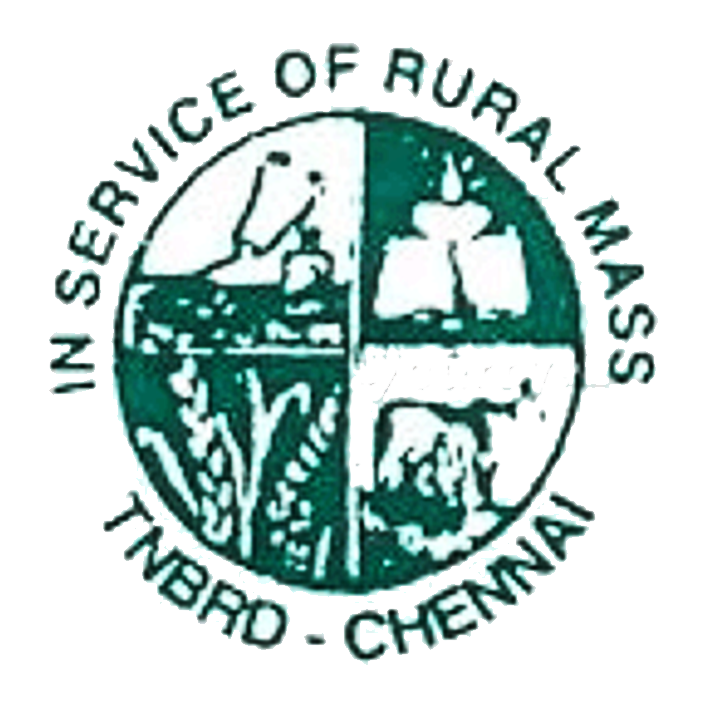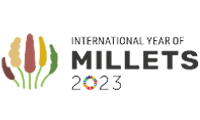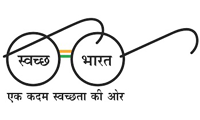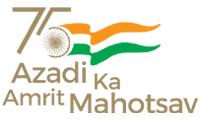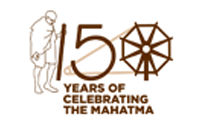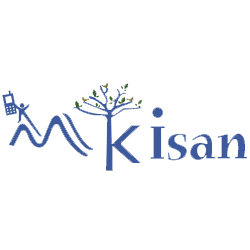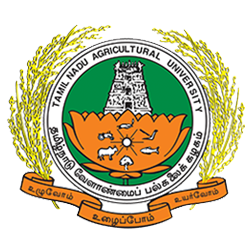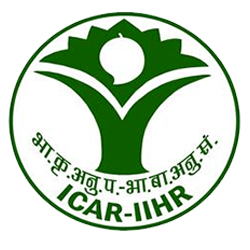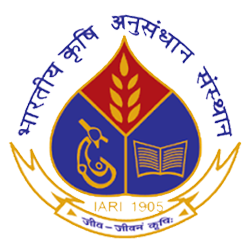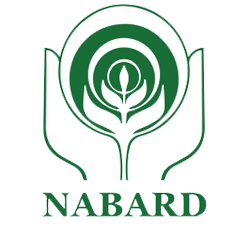Krishi Vigyan Kendra is a farm science centre under Indian Council of Agricultural Research (ICAR), Ministry of Agriculture & Farmers' Welfare, Government of India, which provides trainings for rural population. KVK identify the technological gaps and requirements of the farmers and provides trainings for farmers, farm women and rural youths. Conducting On Farm Test (OFT) for technology assessment and Front Line Demonstration (FLD) to demonstrate the latest technologies in the field of agriculture and allied disciplines to the farming community.
KVK, is an integral part of the National Agricultural Research System (NARS), aims at assessment of location specific technology modules in agriculture and allied enterprises, through technology assessment, refinement and demonstrations. KVKs have been functioning as Knowledge and Resource Centre of agricultural technology supporting initiatives of public, private and voluntary sector for improving the agricultural economy of the district and are linking the NARS with extension system and farmers.
Indian Council of Agricultural Research, New Delhi sanctioned the KVK in Elumichangiri village of Krishnagiri district in 1994.
#50YearsofKVK
